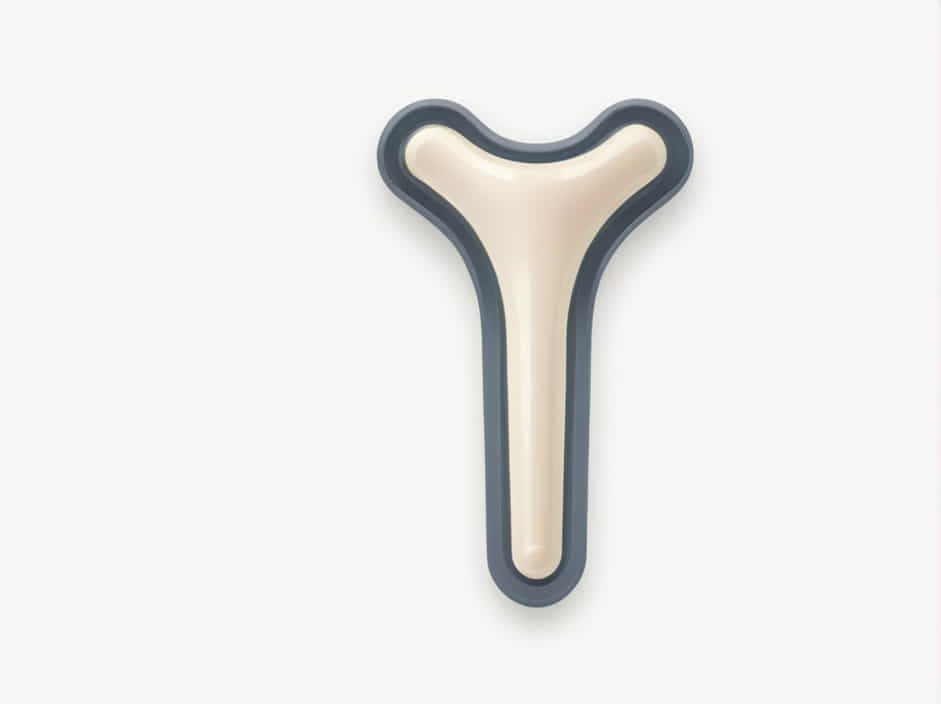The neck shaft angle of the femur is a critical anatomical measurement that influences hip function, mobility, and overall biomechanics. It plays a significant role in weight distribution, gait mechanics, and the risk of fractures. Understanding this angle is essential for medical professionals, orthopedic specialists, and even individuals recovering from hip injuries.
What Is the Neck Shaft Angle of the Femur?
The neck shaft angle (NSA) refers to the angle formed between the femoral neck and the femoral shaft. It helps determine how weight and force are transmitted from the hip joint to the lower limbs.
This angle is crucial because it affects:
- Stability of the hip joint
- Walking and running mechanics
- Load distribution through the femur
A normal femoral neck shaft angle allows for efficient movement, while deviations can lead to various orthopedic issues.
Normal Neck Shaft Angle of the Femur
The normal NSA varies based on age, genetics, and individual physiology. However, general values are:
- Infants: Around 140-150°
- Adults: Typically between 120-135°
- Elderly: Can decrease due to bone remodeling and aging
Differences Between Individuals
- Men generally have a slightly smaller NSA than women due to differences in pelvis structure.
- Athletes may develop variations due to repeated stress and bone adaptation.
Abnormal Neck Shaft Angles and Their Effects
When the femoral neck shaft angle deviates from the normal range, it can result in biomechanical problems and an increased risk of joint disorders.
1. Coxa Vara (NSA < 120°)
Coxa vara is a decreased neck shaft angle, leading to:
- Shorter leg length
- Inward tilting of the femoral head
- Increased stress on the hip joint, raising the risk of arthritis and fractures
2. Coxa Valga (NSA > 135°)
Coxa valga is an increased neck shaft angle, causing:
- Longer leg length
- Reduced hip stability, increasing the risk of dislocations
- Uneven weight distribution, affecting walking and running
Both conditions can lead to pain, mobility issues, and hip joint degeneration over time.
Factors That Influence the Neck Shaft Angle
1. Age and Growth
The NSA naturally decreases with age due to bone development and weight-bearing forces. Infants have a higher angle, which gradually reduces as they grow.
2. Genetics and Anatomy
Some people inherit structural differences in femoral anatomy, affecting their NSA and overall hip function.
3. Physical Activity and Lifestyle
- High-impact sports can influence bone adaptation and lead to minor changes in the angle.
- Sedentary lifestyles or lack of weight-bearing activities may contribute to bone weakness and abnormal NSA changes.
4. Bone Diseases and Disorders
Conditions like osteoporosis, rickets, and hip dysplasia can significantly alter the femoral neck shaft angle, affecting mobility and increasing fracture risk.
Clinical Importance of the Neck Shaft Angle
1. Hip Fracture Risk Assessment
A low NSA (coxa vara) increases stress on the femoral neck, making fractures more likely. This is especially important in elderly individuals with osteoporosis.
2. Orthopedic Surgery and Hip Replacements
Surgeons assess the NSA before performing total hip replacement or corrective osteotomy to ensure proper joint function and alignment.
3. Gait and Posture Analysis
NSA abnormalities can affect walking patterns, leading to joint pain, muscle imbalances, and postural issues.
4. Sports Performance and Injury Prevention
Athletes with altered NSA may have increased injury risk, especially in running, jumping, and contact sports.
Diagnosis and Measurement of the Neck Shaft Angle
1. X-ray Imaging
An X-ray of the femur is the most common method for measuring NSA. Doctors assess the angle using specific anatomical landmarks.
2. CT Scans and MRI
Advanced imaging techniques help in detailed bone analysis, especially for complex cases or surgical planning.
3. Clinical Evaluation
Doctors may examine leg length differences, hip range of motion, and gait abnormalities to suspect NSA-related issues.
Treatment and Management of Abnormal NSA
1. Physical Therapy and Strength Training
- Strengthening hip and thigh muscles can improve joint stability and reduce discomfort.
- Stretching and mobility exercises help maintain proper biomechanics.
2. Orthopedic Bracing
For young children with developing bone structures, bracing can help correct minor NSA deviations.
3. Surgical Interventions
In severe cases, procedures like osteotomy (bone reshaping surgery) or hip replacement may be required to restore normal function.
4. Lifestyle Adjustments
- Maintaining a healthy weight reduces stress on the hip joint.
- Engaging in low-impact exercises like swimming or cycling supports joint health.
The neck shaft angle of the femur is a crucial factor in hip stability, mobility, and overall skeletal alignment. Understanding its normal range, potential abnormalities, and clinical significance helps in preventing and managing hip-related conditions.
For individuals experiencing hip pain, difficulty walking, or concerns about bone health, consulting a healthcare professional for evaluation and treatment is essential. Keeping the NSA within a healthy range ensures better mobility, reduced injury risk, and long-term orthopedic health.
